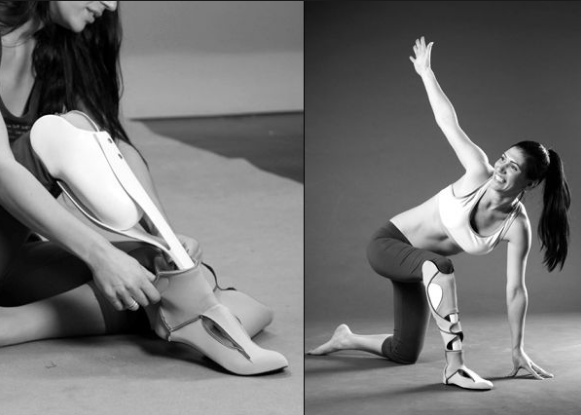5 Lesser-known Things About Prosthetic Legs

Talking about prosthetic legs, you think you know quite much, but there is a much more what you think you know. While you think they are designed to give walking aid to amputees, there are lost more functions a modern day prosthetic leg can perform. Amputees use it on a daily basis. So they understand the increase in the complexity of recent designs.
As the designs get more and more complicated, amputees get more agitated and geeky and they start to pose many questions about their prosthetic legs.
In regard to this, we made an extensive and exhaustive about lesser-known things about prosthetics and come up with the under listed items to answer your questions.
Did you get a prosthetic soon after you became an amputee? According to our finding, doctors have always advice that amputees get up and start walking soon after a person becomes an amputee. The reason is that, at the early stage, the stumps, as well as residual limbs, are much responsive. Most amputees prefer to be that way.
Getting a walking aid and starting to now at this time help to prevent swelling, heal the wounds and build up strengths. This is the first the first time an amputee starts experiencing the use of walking aid. It gives them a sense of what wearing a prosthetic would be like.
Most people claim that when they first saw a walking aid device known as PPAM (Pneumatic Post-amputation Mobility), it looked a lot like a Second World War kind of out-of-fashion device. Here is an image of PPAM aid.
As an amputee, can you wear a high-heeled type of footwear? Honestly, this is a one-billion dollar question. As much as wearing a high heel on a prosthetic is sounds kind of absurd, it happens all the time. However, some degree of caution has to be taken. For the most time, high heels aren’t just the best options at the best times. In case you think otherwise, you can ask a model who does the catwalk.
So, it isn’t a good idea wearing high heels on prosthetics.
Wearing high heels push the center of the mass way too forward. Powerful central stability is required to maintain balance. This is usually very difficult for amputees on two prosthetic legs.
The slim form high heels take begs a question like how is possible to twist the prosthetic into it. There’s a button in the ankle of the legs which you need to press and hold down. Subsequently, move the leg in an up-down and up-down position until the correct height is attained. At this point release the button.
As much as it is possible to get your legs on high heels, the common consensus does not favor it.
Can you go on the stairs with your legs? Of course, you can. In most cases, joints in the ankle of a prosthetic leg take the shape of a right angle. As a result, taking the stairs can be very painful. Ascending and descending slopes, as well as hills, propels the legs in a backward position. Much weight as possible has to be put onto the front part of the foot. The center of mass is seriously affected. So much caution has to be taken when using the stairs.
Can prosthetics be worn in the shower? The answer is yes! You can wear your legs in the shower, but there is a problem with that. The components of the legs needn’t get wet. Otherwise, it will get damaged. While it isn’t advised to go into the shower or swimming pool with the legs, some amputees feel very uncomfortable without their legs. In a bid and quest, make it possible for amputees to use their legs wet places, airtight kind of waterproof have been designed to be worn on the legs for protection during shower. There are limbs which have been designed to be used in showers.
Where all unused prosthetics go? Recycled to the wardrobes and probably get disposed of later on. It sounds pretty funny, though it isn’t funny at all. Whereas most amputees make a stock of recycled old prosthetics, few get theirs disposed of. There are more old legs can do than being recycled. The components can be returned to the prosthetic manufacturing centers for suitable reuse.
However, in the UK, old prosthetics are considered biohazards. So, they get recycled rather, not reused.
